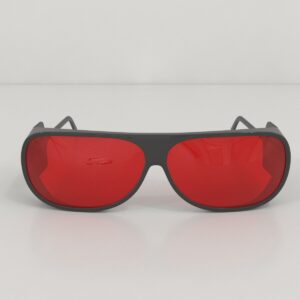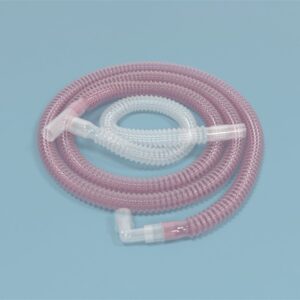$1,390.00 – $2,290.00Price range: $1,390.00 through $2,290.00
The conditioned place preference chamber is a widely utilized tool for investigating the reinforcing effects of various stimuli, including natural and experimental ones. It offers various combinations of floor designs and visual cues to tailor the testing environment.
In this setup, subjects can move freely between two compartments: one where they were conditioned with specific cues and another with neutral or different cues. These cues serve as visual reinforcements.
The chamber is designed for both biased and unbiased conditioned place preference assessments. A removable door (not depicted) can isolate the subject in one compartment. During preference testing, this door is removed, allowing the subject to explore both compartments to determine their preference.
Visual patterned inserts are sandwiched between a clear acrylic interior layer and the outer grey layer, protecting from general wear and tear.
Optional Standing Inserts are supplied for spatial place preference procedures. Please request separately.

MazeEngineers empowers preclinical neuroscience research with meticulously designed, customizable behavioral apparatuses. From manual classic mazes to fully automated smart systems, we provide the tools scientists need to capture high-quality, reproducible data for studies on learning, memory, anxiety, and depression.



| Mouse | Rat |
|---|---|
| Acrylic | Acrylic |
| Easy clean with 70% Ethanol | Easy clean with 70% Ethanol |
| No odors | No odors |
| Total(cm): Width 46 x Depth 27 x Height 30 | Total(cm): Width 86 x Depth 47 x Height 40 |
| Compartments (cm): Width 20 x Depth 18 x Height 30 | Compartments (cm): Width 40 x Depth 34 x Height 40 |
| Corridor(cm): Width 20 x Depth 7 x Height 30 | Corridor(cm): Width 25 x Depth 13 x Height 40 |
| Doors(cm): Width 8 x Height 30 | Doors(cm): Width 10 x Height 40 |
| Double walls Grey(Exterior)/Clear (interior) | Double walls Grey(Exterior)/Clear (interior) |
The conditioned place preference chamber is a paradigm widely used to explore the reinforcing effects of natural and pharmacological stimuli, including drugs of addiction. Combinations of floor and wall cues are available
In this variant, subjects are allowed to freely move between a compartment in which they were conditioned with either drug cues or neutral cues. The wall cues a (come with a maze) provide visual reinforcement
This dual-chamber place preference allows for biased and unbiased conditioned place preference testing. A removable door (not shown) allows isolation into one compartment of the apparatus of the animal. Preference testing is then done by removing the door to allow the mouse to freely explore between the two compartments (as seen in the image)
| Weight | N/A |
|---|---|
| Species | Mouse, Rat |
You must be logged in to post a review.
There are no questions yet. Be the first to ask a question about this product.
Reviews
There are no reviews yet.